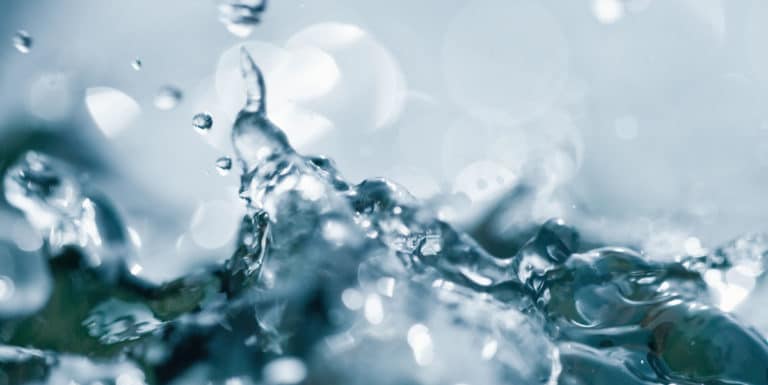27 September 2022

The applications of our products contribute to some of the 17 United Nations Sustainable Development Goals (SDGs).
Soda ash: an ingredient used in the water neutralization process
Neutralization of an effluent consists in bringing its pH (by acidification or alkalinization) to a neutral pH value, i.e. around 7. Sodium carbonate (Na₂CO₃) is used to counterbalance the acidic pH of the water. Sodium bicarbonate (NaHCO₃), by its buffering capacity, also stabilizes the pH.
Soda ash: an ingredient used to reduce water hardness
Sodium carbonate (Na₂CO₃) is also used to reduce water hardness by precipitating calcium.
The elimination of permanent hardness is obtained by cold sodium carbonate, associated or not with the precipitation of calcium and magnesium by lime. This elimination is done according to the reactions:
CaSO₄ + Na₂CO₃ à Na₂SO₄ + CaCO₃
CaCl₂ + Na₂CO₃ à2NaCl + CaCO₃
What about sodium silicate applications?
Sodium silicate is used in water treatment, particularly for its anti-corrosion properties, which protect drinking water pipes, but also for its ability to precipitate some metals such as iron or aluminum.